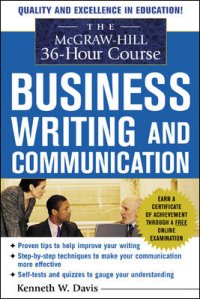Why I’m lucky clients didn’t flock to me
I reluctantly launched my career as a freelancer after getting laid off from a wonderful investment communications job at an investment management firm. After I decided to freelance, my phone didn’t ring with eager prospects. On the other hand, as an introvert, I didn’t do much to market myself. Cold calls? Heaven forbid. Blessing in disguise […]
“Turn signals” and good writing
“Use ‘turn signals’ to guide your reader from sentence to sentence,” suggests Kenneth W. Davis in The McGraw-Hill 36-Hour Course: Business Writing and Communication (p. 24). I like Davis’ analogy, but I think it’s even more important to apply it at a higher level than sentences. Every time your article, blog post, or other written […]
Blog post vs. white paper: How do you decide?
An Iranian watercolor struck me as a way to show the difference between a blog post topic and a white paper topic. “A School Scene,” which you see in the photo above, is beautiful. But it has too much going on to be a blog post. Blog posts should focus tightly on one topic. Like […]
Blog “out of season” for better value
Bicycling along the Cape Cod Rail Trail on a Veteran’s Day weekend reminded me of the benefits of traveling in the off-season. Similarly, a blogger who posts about topics when they’re “out of season” can reap benefits. Rail trails can be uncomfortably crowded during the summer. If I pass pedestrians, I must move quickly so […]
Snare more readers with this technique from Floyd Norris
Surprise me. Please. An introduction that puts an unexpected twist on a topic, like the one in Floyd Norris’ “Lessons from Europe on Averting Disaster,” can intrigue your reader into sticking with your article. The intro that snared me Here’s how Norris kicked off his article. Will the United States follow the European path in […]




